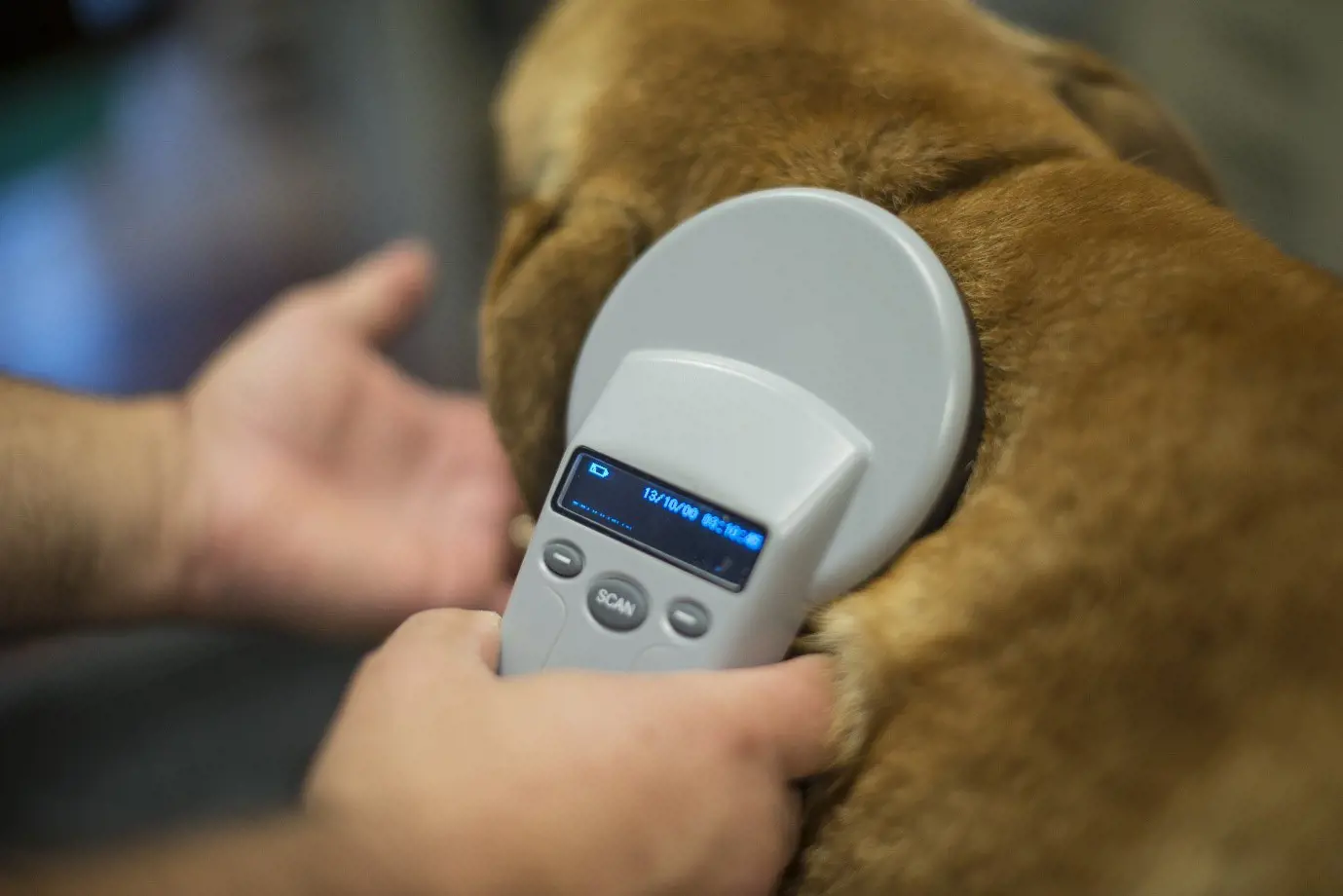17 fascinating facts about your cat’s whiskers
3rd June, 2021
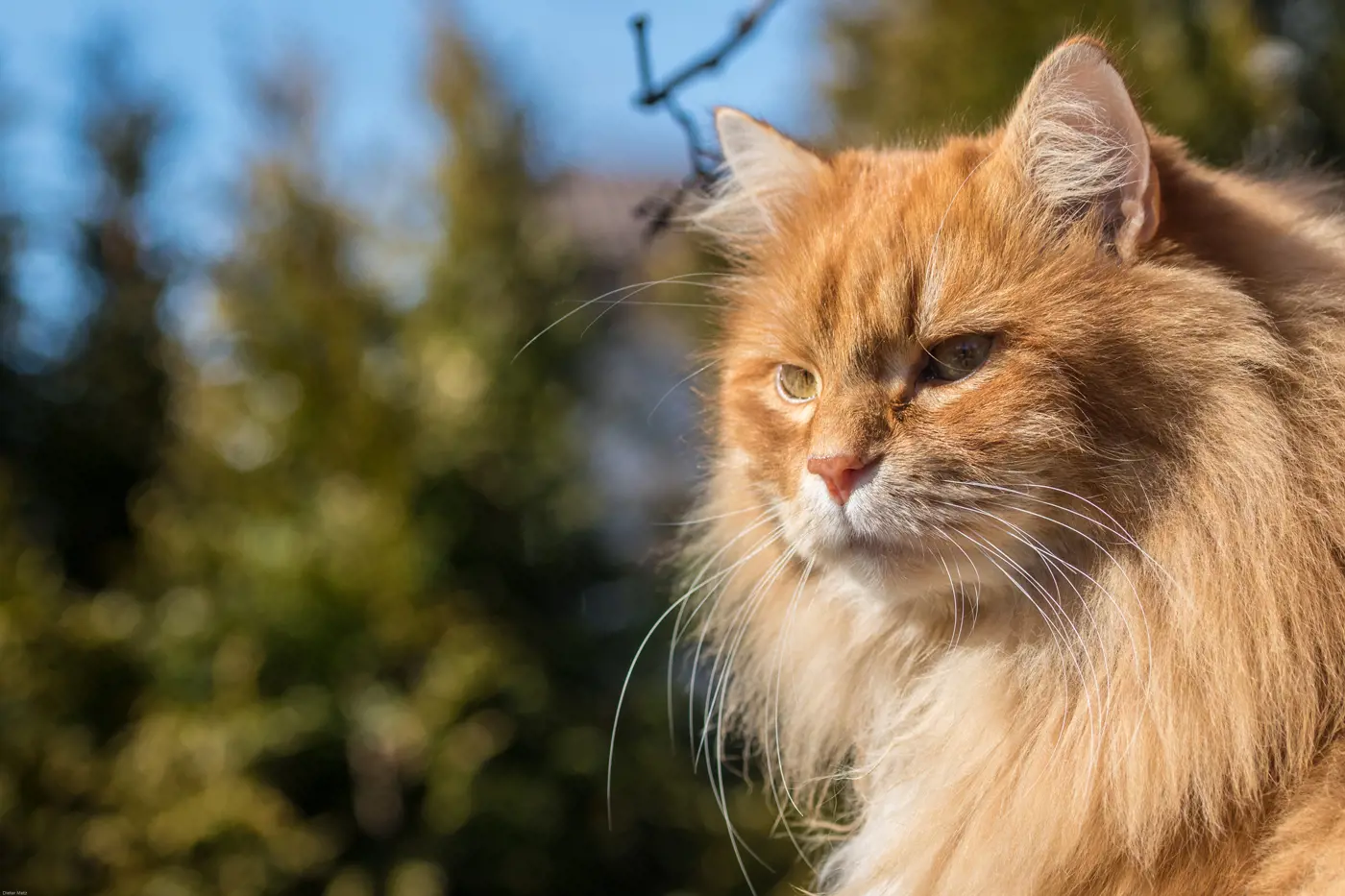
Cat owners often wish they could see the world through their pets’ eyes. But wouldn’t it actually be far more intriguing to feel it through their whiskers?
Your moggy uses its whiskers to explore, hunt, navigate, communicate and protect itself. The nearest human equivalent is probably our fingertips – but whiskers can do so much more.
While whiskers are a fantastic feline self-protection tool, don’t forget to cover your pet with cat insurance, too. Purely Pets offers 15 levels of lifetime cover, so there’s sure to be a policy to suit your requirements and your budget.
To explain why your cat’s whiskers really are, well, the cat’s whiskers, we’ve put together a list of 17 fascinating facts about them. So read on to find out more.
Whiskers are made of the same stuff as hair and nails
Whiskers consist of a fibrous protein called keratin, just like hair, nails and even feathers. They’re much thicker and stiffer than regular hair or fur.
They don’t contain blood, nerves or muscles – so how come they help your feline feel what’s going on all around it?
They’re equipped with special sensors
At the tip of each whisker is a sensor, called a ‘proprioceptor’. This detects vibrations, such as changes in air currents, and transmits them back down the shaft of the whisker into the follicle, or hair root.
They’re as sensitive as your fingertips
The follicle is connected to more blood vessels and nerve endings than a regular hair follicle, making it very receptive to the vibrations the whisker picks up. That information is then transmitted to the brain, enabling your moggy to understand what’s going on.
Whiskers are so sensitive that they’re really much more like insect antennae or human fingertips than regular hair. Sometimes, they’re just too sensitive!
Your cat may be reluctant to eat or drink from a bowl in which its whiskers touch the sides; you’ll need to get it a wider vessel so it can dunk in its nose more comfortably.
It might also miaow in protest if you touch its bristles – though some cats love it when you do. A safer bet is to scratch them just behind their whiskers.
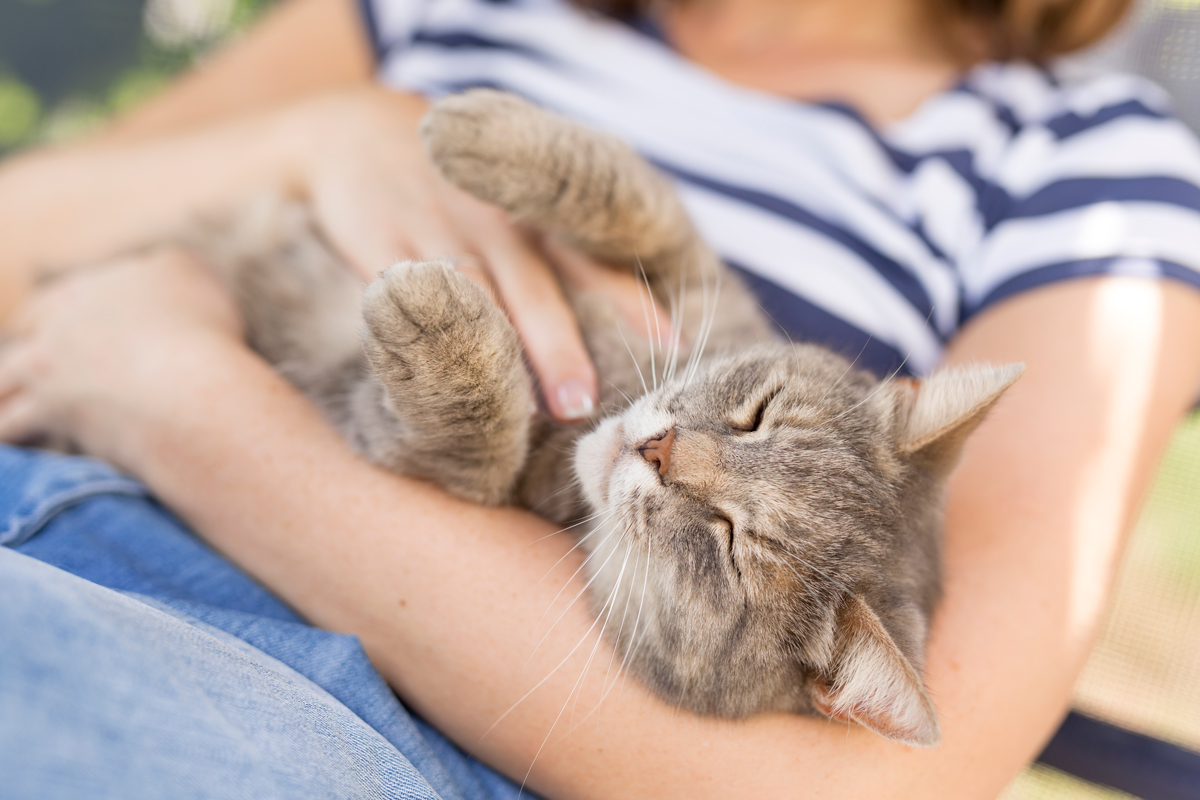
Kittens are born with whiskers
It really is the cutest thing: a litter of tiny kittens, whiskers trembling! And in fact, they really need those antennae as their eyes don’t open until their second week of life and their ears not until their third. So your kitten’s first sense of the world is through touch, including its whiskers.
Mother cats sometimes chew kittens’ whiskers
Some owners report seeing the mother cat chewing her brood’s whiskers. It might sound alarming, but it’s perfectly natural.
It can be down to excessive grooming, or perhaps because the mum is trying to stop her kittens exploring too far.
Kittens might also get their whiskers clawed or chewed by their littermates. Don’t worry – it’s all just a normal part of kittenhood, and they’ll survive unscathed without any input from you.
They grow back
Fortunately, your tiny kittens will soon be sprouting a full set of fine facial hair once more, as damaged or plucked whiskers do grow back.
Older cats may also shed their whiskers naturally, like hair, or lose them in an accident. Luckily, given how essential they are to moggy life, it’s usually only a month or two before they reappear.
In older cats, regrowth may take a little longer, while in sickly cats, they may not grow back at all. You’ll need to keep a closer eye on cats who’ve lost their whiskers, as they could be more prone to accidents. Insurance for cats will help protect your pet, too.
They’ve got a Latin name
Want to impress your friends? Then inform them that ‘vibrissa’ – plural: ‘vibrissae’ – is the Latin name for a whisker.
In fact, if you’re looking for a cat name that’s a cut above the average, then Vibrissae would be so much classier than plain old Whiskers!
As you can guess, vibrissa is related to the word ‘vibrate’, because they work by detecting tiny movements.
They’re symmetrical
Your cat has on average 24 whiskers either side of its nose. The exact pattern is distinctive to your own moggy, but is symmetrical. Purrfect!
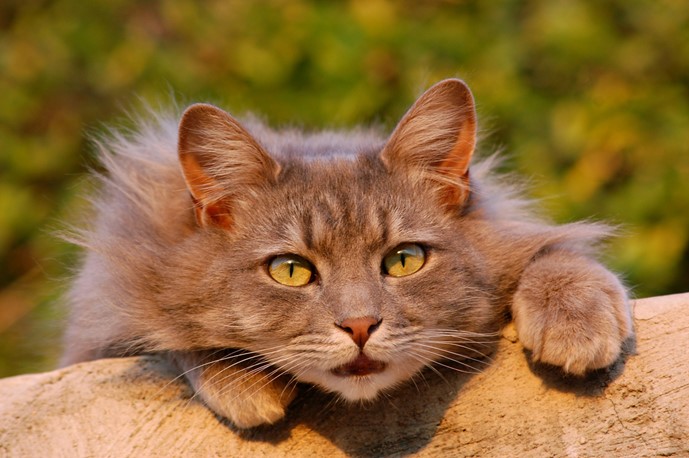
Whiskers aren’t just found on your cat’s face
No indeed. Those lovely hairs sprouting from your cat’s nose are just the most prominent of the bunch.
You’ve probably also spotted bristles growing around its eyes, ears and jaw – on some cats, these are very noticeable. They can even look like particularly wild and crazy eyebrows!
But did you know your moggy is blessed with whiskers on its forelegs, too? These are called the ‘carpal whiskers’, and while they may not be as distinctive as those on its face, they’re just as essential, especially when it comes to hunting.
They help your cat gauge spaces
Did you know your moggy has an integral measuring tape? Its whiskers are roughly the width of its body, so it uses them to judge how broad a space is.
If you see your cat nosing a narrow gap, perhaps between your washing machine and the wall, you can be sure it’s sizing up the space to see if it can squeeze in.
So if your cat has got stuck behind a cupboard – or worse, under the floorboards – then you can blame its whiskers. Even these highly advanced measuring machines can malfunction at times!
Whiskers help cats hunt
Whiskers look so cute! What could be more adorable than a teeny-tiny kitten with gorgeous long bristles sprouting from its button nose? So it’s strange to think that actually, your cat’s whiskers help it become a lean, mean killing machine.
Your moggy uses its whiskers, particularly those on its legs, as an in-built radar system. They detect vibrations, alerting them to the presence of prey.
If that prey tries to move, the cat detects the change in air currents – and pounces before the hapless mouse or bird can make a break for freedom.
They also enable your cat to detect any predators that may be lurking, so it can make a quick dash for safety.
So in the wild, whiskers help cats to stay out of harm’s reach and feed themselves. But while they are astoundingly versatile, they can’t help domestic moggies open a pouch of cat food!
That’s one of your jobs as a responsible owner, along with helping your pet down when it’s got stuck at the top of your bookcase, and ensuring it’s covered with suitable insurance for your cat.
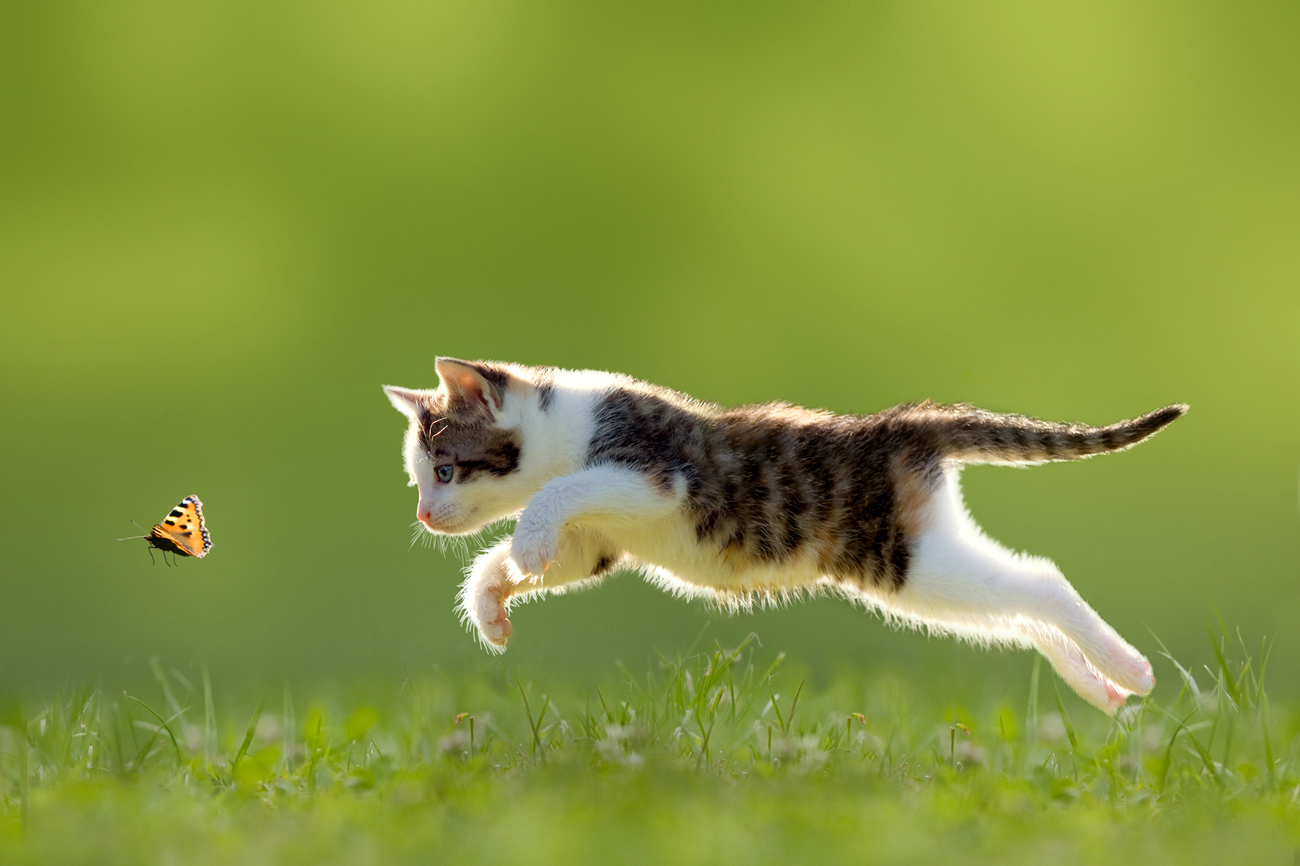
They’re night vision aids
As you’ve probably discovered, your cat loves prowling the streets – or your living room – after dark. In the wild, cats are crepuscular – using the twilight hours to roam, hunt and generally live life to the max.
How do they do it? For a start, cats have got better night vision than humans. But also, their whiskers help them out. They brush against objects and detect air currents, and use these to navigate their way around.
So if you’re upstairs trying to sleep and your cat is downstairs crashing about, then staggering downstairs and switching on a light is not going to help.
Your cat is having fun – and frankly, just doesn’t care about your need for some shut-eye. Moggies are wonderful creatures, but empathy with humans is not their strongest point.
They’re essential for near vision
Cats’ eyes are incredible to look at. Whether they’re green, amber, hazel, blue or even a mesmerising mix, your pet’s peepers will surely be one of its most distinguishing features.
However, beautiful as they are, they’re not actually that effective when it comes to close-up vision. So your cat’s whiskers fill that gap, helping your cat explore anything nearby, sense out prey, and avoid danger. Clever kitty!
They help to protect your cat’s eyes and face
Can a few flimsy strands of hair really protect your feline’s face? Indeed they can. Whiskers are so sensitive that they can detect specks of dust, allowing your cat to shake or blink them off before they cause any harm.
When your cat’s out exploring, its whiskers will detect any sharp or dangerous objects before they can damage its sensitive spots, such as its eyes.
Yes, your cat really does have an in-built advanced warning system! It’s not infallible, though, so make sure your pet is also protected with feline insurance.
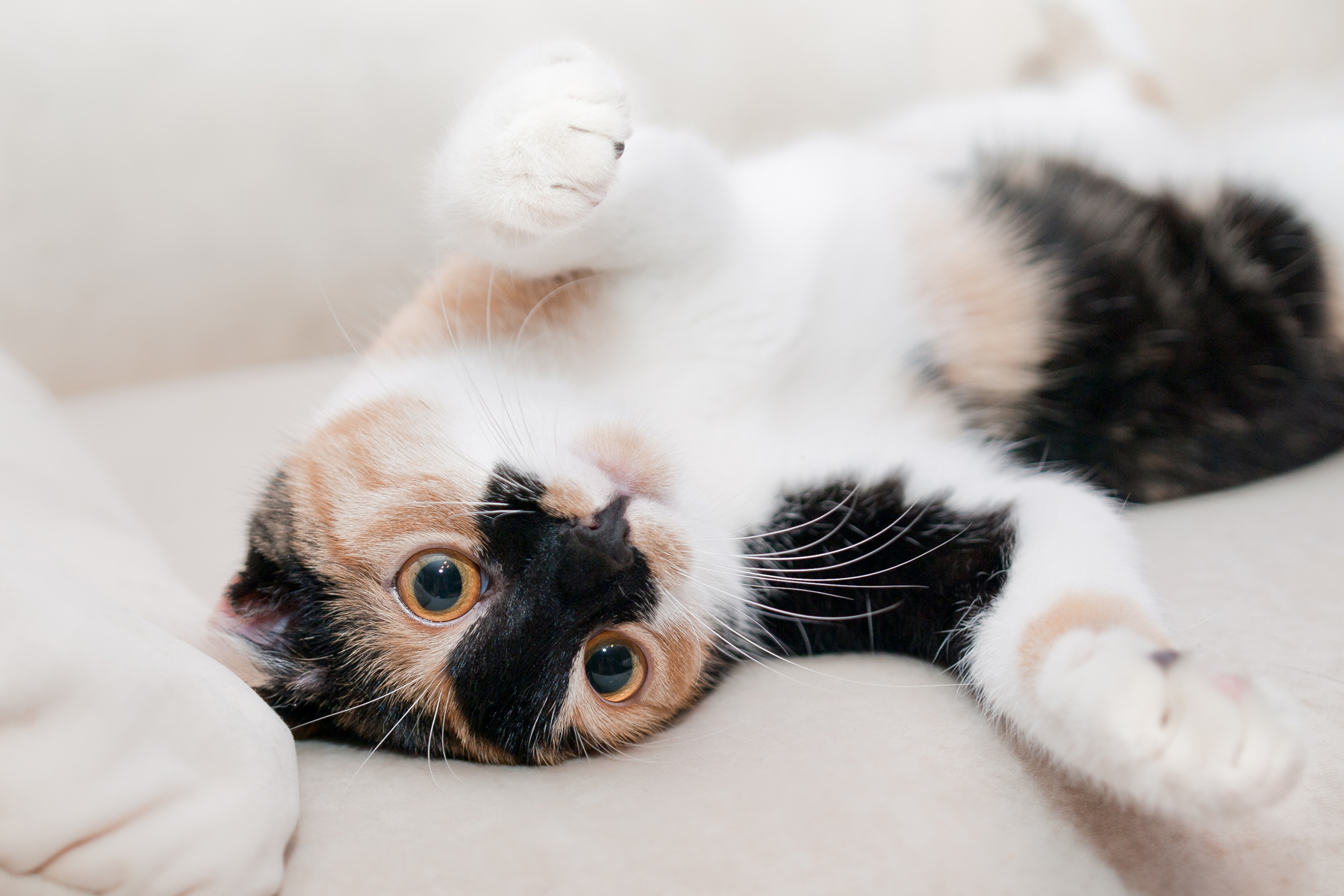
They’re full of expression
Cats may not be able to speak any human language – but they certainly know how to communicate when they want to.
You’re probably already used to signs such as a swishing tail to demonstrate displeasure, bristled fur to show danger, or purring to indicate that you should continue stroking it until dinner time even if you’d made other plans for your afternoon.
But can you read its whiskers? Fortunately, even if you’ve never spotted the signs before, they’re fairly easy to understand.
Whiskers relaxed? So’s your cat. Rigid and pulled up around the face? It’s tense, sensing danger – or perhaps just nervous or shy. Pushed forward? Your cat’s curious, ready to use its sensors to test out something new, explore its environment, or go hunting.
Learning a few key ‘words’ of whisker-speak will go a long way to helping you bond with your animal and meet its needs.
They can change colour
You’ll notice several signs of ageing in your cat. It will slow down, become less manic, and very probably a little less willing to claw its way to the top of your curtains.
It will also be more prone to certain illnesses, which is why you need to take out lifetime cat insurance while your pet is still young and fit, as you can’t get cover for pre-existing health conditions.
And, believe it or not, while your own hair is likely to whiten with age, your cat’s white whiskers might well darken. Feline feelers often turn dark grey or even black over the years, though this is not a given.
Rest assured – your cat will look just as beautiful as a distinguished grey as it does with its youthful snowy white whiskers.
You should never cut a cat’s whiskers
They may look like crazy facial hair – but, as we’ve explained above, they’re really much more important.
First of all, it would be uncomfortable for your cat if you cut its whiskers. You’d suffer even more, as your cat would probably react with unsheathed claws!
But more importantly, a cat with trimmed whiskers would be disoriented as it wouldn’t be able to judge spaces or explore its surroundings properly. It would also feel exposed, with a reduced ability to sense dangers.
Your cat will look after its own whiskers with the utmost care, giving them pride of place in its grooming ritual. You don’t need to do a thing. You should no more trim your cat’s whiskers than you’d trim your own fingertips!
So let your cat’s whiskers grow freely. After all, they’re just one of the many things that makes your cat so special.
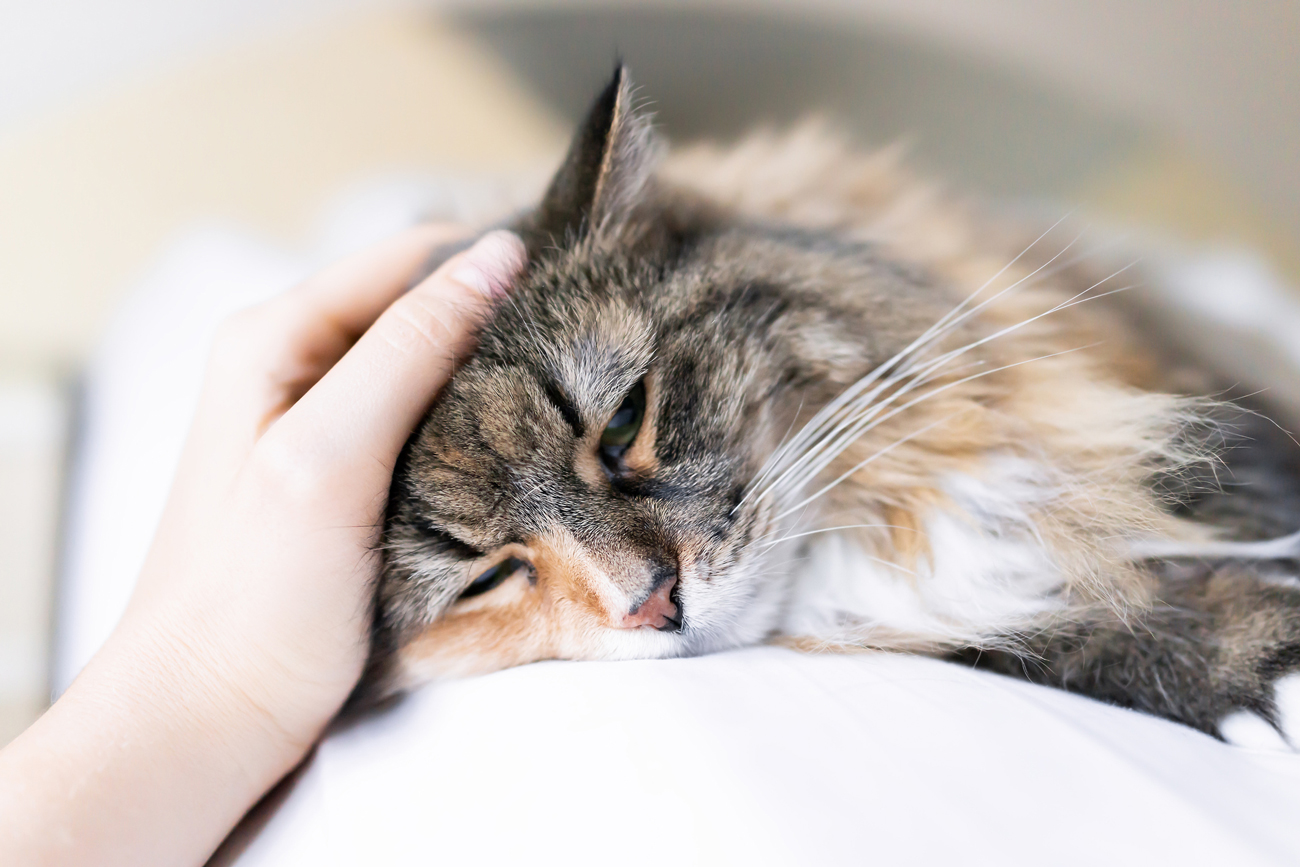
Your cat is a fascinating creature, from its whiskers to the tip of its tail. It deserves the very best care and protection, so it’s important that you take out suitable cat insurance.
At Purely Pets, we love cats as much as you do, so we’ve put together 15 levels of lifetime cover to help keep your moggy happy and healthy.
Depending on the level you choose, you get cover for vets’ fees between £1,000 and £15,000, with the excess starting at just £60.
Cover benefits can also include complementary treatments, special diets, loss by theft or straying, and advertising and rewards.
Purely Pets also offers a 24-Hour Vet Helpline, so you can get reassurance and advice for any concerns at any time.
Get a quick quote for cat insurance today.
Policy benefits, features and discounts offered may very between insurance schemes or cover selected and are subject to underwriting criteria. Information contained within this article is accurate at the time of publishing but may be subject to change.
Helpful Pages
Recent Posts
Pet Insurance Quote
- 98% claims paid *
- Claims paid directly to vets
- 24/7 vet video consultations
- Interest free monthly payments




